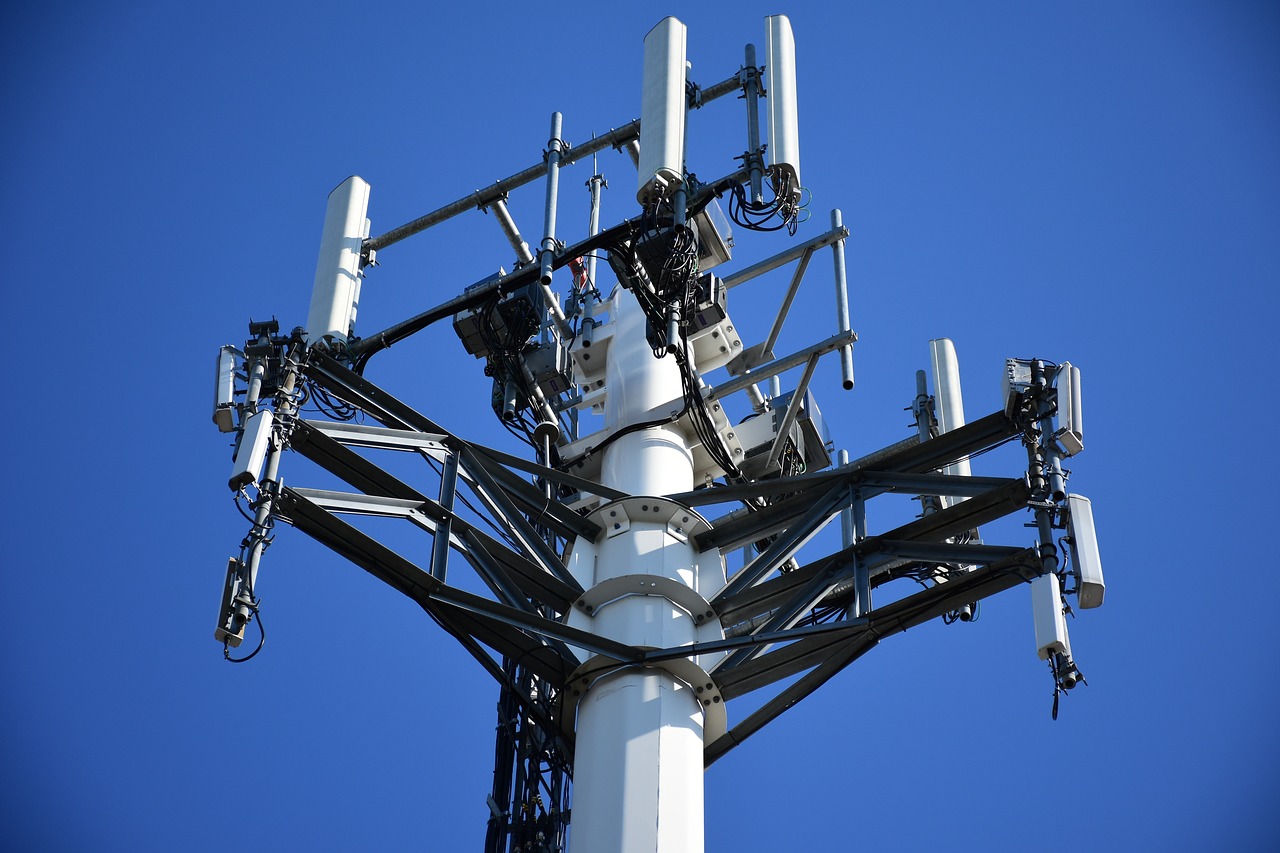Enhanced 4G and 5G capability to boost Scottish economy by £17 billion
Enhanced 4G and 5G capability across Scotland will boost the Scottish economy by as much as £17 billion while delivering other substantial economic, social and environmental benefits, according to a new report by Deloitte for the Scottish Futures Trust (SFT).

According to the report, Scotland’s digital potential with enhanced 4G and 5G capability, capitalising on 4G and 5G could boost Scotland’s GDP by £17 billion and raised annual tax revenues to the tune of £5.7 billion by creating 3,000 new businesses and 160,000 new jobs.
In addition, non-stop connectivity delivered through 5G networks has the potential to improve access to healthcare and education, deliver seamless multi-modal transport experiences and reduce energy consumption and costs through smart, integrated energy grids.
The report points out that the benefits from digitalisation will require long-term commitments by policy-makers and industry to address key challenges, and has therefore been published today to coincide with the imminent release of the Scottish Government’s 5G strategy.
The report also highlights how new ‘use cases’ enabled by 5G could have profound implications for Scotland. With a relatively low population density and approximately 330,000 residents living in remote rural areas, the potential benefits from remote service delivery may be particularly significant in Scotland, for example in terms of healthcare, education and training.
This will ultimately be reliant on seamless digital connectivity where the current Scottish Government funded Reaching 100 programme, to extend fibre broadband coverage as far as possible to deliver access to 100% of premises in Scotland, and 4G infill project are predicted to play an integral part in achieving this aspiration.

Derek Graham
Derek Graham, programme director of SFT’s digital infrastructure team, explained: “The Deloitte report highlights the substantial benefits that Scotland could realise by fully embracing the potential opportunities that improved digital connectivity and future 5G technologies can offer.
“Having access to seamless digital connectivity is therefore paramount to securing inward investment where extensive cross-sector collaboration will be required to facilitate the development, demonstration and commercialisation of key use cases to encourage the private sector to invest further in Scotland.
“We will therefore use our previous experience working with the Scottish Government to influence how we support further collaboration between local authorities, industry and academia to set the foundations for Scotland to be 5G ready.”
Paul Wheelhouse, minister for energy, connectivity and the islands, said: “I welcome this publication which, in setting out the economic case for investment in next generation mobile connectivity, provides strong support for the Scottish Government’s new 5G Strategy. We are taking forward a collaborative approach across the public and private sector to ensure that Scotland fully realises its potential as a forward-looking 5G nation.
“Working closely with Scottish Futures Trust (SFT) since 2014, we have used industry insight and experience to develop our £25 million Scottish 4G Infill programme. I look forward to continuing this successful partnership with SFT, who will be an integral part of the delivery team behind our 5G Strategy, to ensure Scotland can gain the economic and social benefits of this important enabling technology that has so much potential to support innovative new services.”
Sam Blackie, lead partner for the EMEA economic consulting practice at Deloitte, added: “5G technology has the potential to enhance connectivity and productivity across Scotland. In order to unlock the economic benefits 5G can bring, there are a number of challenges for businesses to address. These range from securing spectrum, ensuring fibre availability, and establishing the business case for 5G deployment and the improvements it can bring.
“At the same time, it’s important to note that while 5G is poised to deliver significant benefits to communities and businesses, there are still vast gains to be realised from improving existing 4G connectivity, particularly in rural areas.”
The government’s Forging our Digital Future with 5G strategy sets out how the Scottish Government will work with industry, the regulator and other public sector bodies to make sure all of Scotland – including rural areas – benefits from the technology.
Unveiling the plan during a visit to Glasgow University’s School of Engineering today, First Minister Nicola Sturgeon said: “Our 5G plan sets out the actions we believe are needed to ensure as much of Scotland as possible shares in the vast potential growth on offer. Our aspiration is to position Scotland as a 5G leader and a forward-looking digital nation.
“5G offers rich potential – opportunities to enhance Scotland’s global competitiveness, achieve economic growth and drive innovation across our public and private sectors.
“There are huge potential gains for the public sector if we embrace technologies such as 5G. We believe this will be a catalyst for further public sector transformation, enabling high quality, user-focused and efficient services that are driven by data.”
Andrew McRae, Federation of Small Businesses Scotland’s policy chair, added: “Scotland needs to be in the digital fast lane because the next generation of mobile technologies have the potential to boost growth and drive innovation.
“Three quarters of Scottish businesses say that digital technologies are important to their plans for future growth. But to deliver on this ambition, firms need access to the right skills and high quality digital infrastructure. For this reason, decision-makers in Scotland need to do everything they can to ensure Scotland is at the forefront of the 5G revolution. This new 5G strategy is a step in the right direction.”























